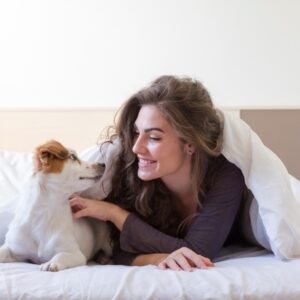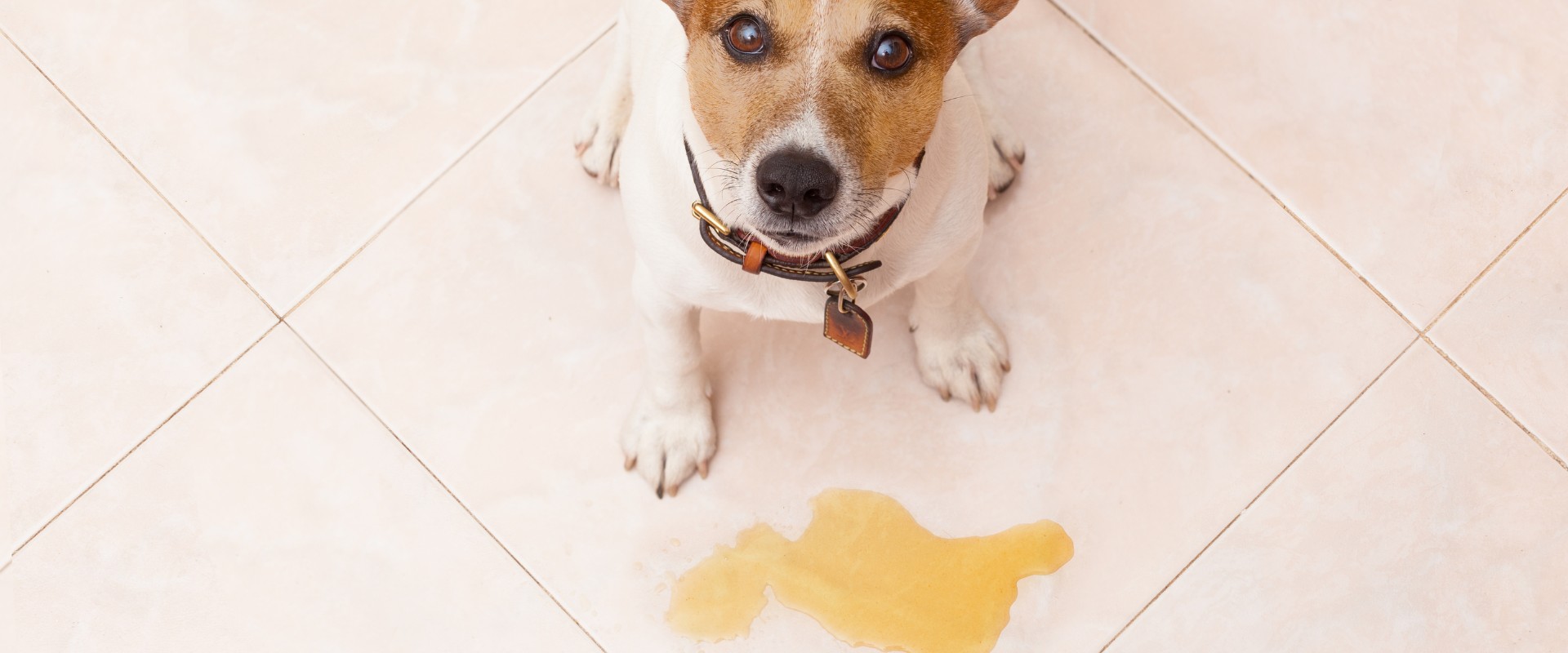Jumping up is a common behavior in dogs, especially when they are excited or greeting someone. While it may seem harmless, jumping can be annoying, and it can even be dangerous if your dog knocks someone over.
The good news is that you can train your dog not to jump. With patience and consistency, you can teach your dog that keeping all four paws on the floor is the best way to get attention.
Here are some tips on how to train a dog not to jump:
- Ignore jumping behavior. When your dog jumps up on you, turn away and ignore them. Do not give them any attention, even negative attention. If you give them any attention, they will learn that jumping is a way to get your attention.
- Reward calm behavior. When your dog is sitting or lying down calmly, give them a treat or praise them. This will help them learn that calm behavior is the way to get what they want.
- Teach your dog a “sit” command. Once your dog knows how to sit on command, you can use this to prevent them from jumping. When someone comes to the door, tell your dog to sit. If they stay sitting, give them a treat. If they jump up, turn away and ignore them.
- Manage your dog’s environment. If you know that your dog is likely to jump up on people, try to manage their environment so that they are less likely to have the opportunity to do so. For example, you can put your dog in a crate or behind a baby gate when people are coming to the house.
- Be patient and consistent. Training your dog not to jump takes time and patience. Be consistent with your training and do not give up. If you are consistent, your dog will eventually learn that jumping is not an acceptable behavior.
How to preventing jumping:
- Do not greet your dog when they are jumping up. If you greet your dog when they are jumping up, they will learn that jumping is a way to get your attention. Instead, wait until they have all four paws on the floor before greeting them.
- Do not encourage jumping. If you play with your dog by jumping up and down, they will learn that jumping is a fun activity. Instead, play games that do not involve jumping, such as fetch or tug-of-war.
- Socialize your dog. A well-socialized dog is less likely to jump up on people. Take your dog to the park, on walks, and to other places where they can meet new people and dogs.
If you are having trouble training your dog not to jump, you may want to consult with a professional dog trainer. A trainer can help you develop a training plan that is tailored to your dog’s individual needs.
With patience and consistency, you can teach your dog not to jump. By following these tips, you can help your dog learn that keeping all four paws on the floor is the best way to get attention.
Common mistakes to avoid:
- Giving your dog attention when they jump up. Even if you are trying to push your dog away, you are still giving them attention. If you do not want your dog to jump up, do not give them any attention at all.
- Being inconsistent with your training. If you are only sometimes consistent with your training, your dog will be confused about what is expected of them. Be consistent with your training and do not give up.
- Expecting your dog to learn overnight. Training your dog takes time and patience. Do not expect your dog to learn not to jump overnight. Be patient and consistent with your training and your dog will eventually learn.
If you are having trouble training your dog not to jump, you may want to consult with a professional dog trainer. A trainer can help you develop a training plan that is tailored to your dog’s individual needs.
equipment that can help train a dog not to jump:
Long leash: A long leash allows you to give your dog more freedom while still being able to control them. This can be helpful when you are working on teaching your dog not to jump on people. If your dog starts to jump, you can use the leash to gently pull them away from the person.
Training collar: A training collar can be used to deter your dog from jumping. There are a few different types of training collars available, such as citronella collars, bark collars, and vibration collars. Citronella collars emit a citronella scent that is unpleasant to dogs. Bark collars emit a high-pitched sound when the dog barks. Vibration collars emit a vibration when the dog barks.
Treat pouch: A treat pouch is a handy way to keep treats on hand when you are training your dog. This way, you can quickly reward your dog for good behavior.
Clicker: A clicker is a small device that makes a clicking sound. Clickers can be used to mark desired behaviors. When your dog does something you want them to do, you can click the clicker. This will help your dog learn to associate the click with good behavior.
Target stick: A target stick is a long stick with a flat end. Target sticks can be used to teach your dog to touch their nose to the end of the stick. This can be a helpful way to get your dog’s attention and to lure them into different positions.
It is important to use training equipment in a humane way. Never use training equipment to punish your dog. Instead, use it to reward them for good behavior.



